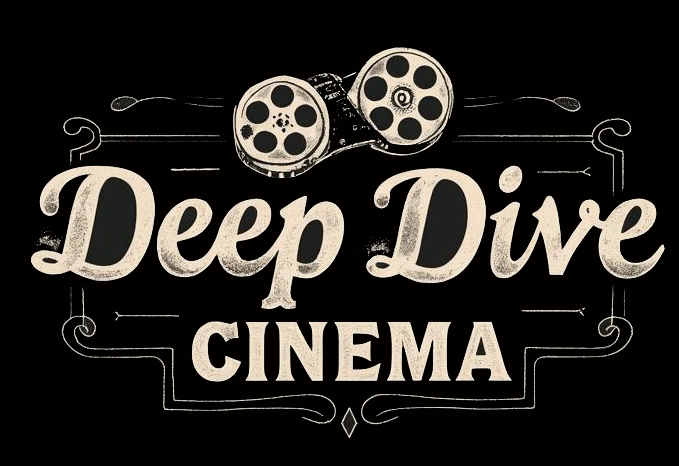🕰️ Historical Context
The era of jazz, suffrage, and seismic cultural shift. The Silent Era blossomed alongside industrialization and modernity—where vaudeville became silver screen, and audiences escaped war-torn realities into celluloid dreams.
The Silent Film Era, spanning from the late 19th century to the late 1920s, was a transformative period in cinema history. Characterized by the absence of synchronized sound, this era relied heavily on visual storytelling, live musical accompaniment, and innovative cinematic techniques.
It was also marked by:
- Significant technological advancements in motion picture cameras and projectors
- The rise of Hollywood as a film industry hub, bolstered by climate and copyright escape
- The emergence of iconic film stars and auteurs who defined early cinematic art
The era concluded with the arrival of sound in films, notably with The Jazz Singer (1927), ushering in a new era of "talkies."
📌 Key Points
- Absence of synchronized sound necessitated expressive visual storytelling and live scores
- Development of film technologies by the Lumière brothers, Edison, and others
- Hollywood’s rise due to production advantages and studio consolidation
- Global celebrity of stars like Charlie Chaplin and Mary Pickford
- Transition to sound films marked the end of the silent film era
🔁 Common Themes
- Technological innovation and early cinematic experimentation
- The establishment of Hollywood and studio systems
- The cultural impact of silent cinema worldwide
- The industry-shifting transition to sound
(Mentioned by: Google Gemini, Perplexity.ai, ChatGPT-4o, Grok, Mistral AI, LLaMA 3, Deepseek, Claude 3 Sonnet)
🕵️♀️ Notable Differences
- Google Gemini emphasized the social and cultural context of the era
- Perplexity.ai focused on technical and artistic innovations
💡 Unique Model Perspectives
- Google Gemini: Social and cultural significance of silent cinema
- Perplexity.ai: Emphasis on filmmaking craft and experimentation
📽️ Technology & Filmmaking
- Hand-cranked cameras like the Bell & Howell 2709
- Arc lighting created ethereal glows and stark shadows
- No synchronized dialogue: films accompanied by cue-sheet music or live organs
- Practical effects: double exposure, miniatures, trick editing, matte paintings
🎭 Acting & Star System
Silent actors spoke with eyes and gestures. Pantomime ruled, giving rise to dramatic emotional performances. Studios manufactured personas and controlled publicity, creating the first “stars” of Hollywood mythology.
🎞️ Notable Films & Movements
- The Cabinet of Dr. Caligari (1920) – German Expressionism’s visual fever dream
- Nosferatu (1922) – Early horror’s definitive vampire
- Metropolis (1927) – Futurist sci-fi masterpiece
- Wings (1927) – The first Academy Award winner for Best Picture
📰 Rumors, Reels & Headlines
Talkies loomed on the horizon, sparking panic among actors with stage-only voices. Lost films number in the thousands, with nitrate fires and studio neglect wiping away entire legacies. Gossip columns first whispered of sex scandals, studio feuds, and the rise of censorship boards.

